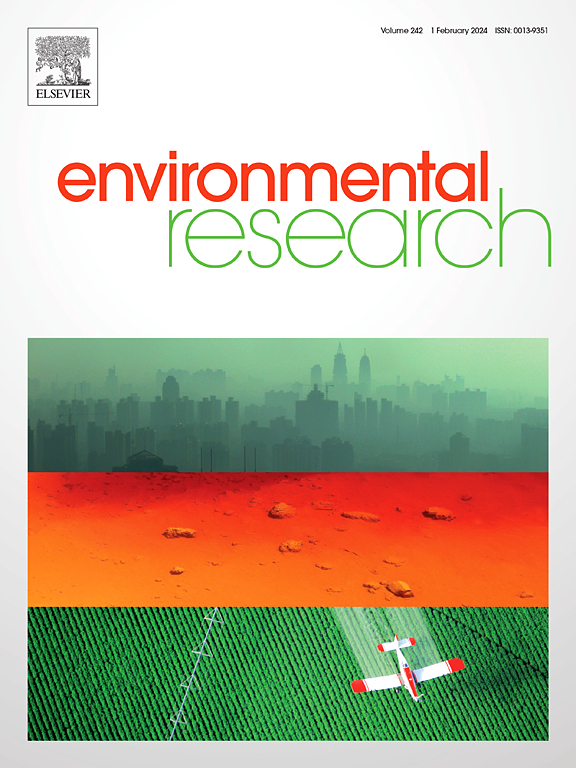Maternal exposure to metal mixtures during early pregnancy and fetal growth in the Jiangsu Birth Cohort, China
Abstract
Previous epidemiological studies have reported that prenatal exposure to metals might have influence on fetal growth. Most studies assessed the effect of individual metals, while the investigation on the relationship between multiple metal exposure and fetal growth is sparse. The objective of the present study is to assess the joint impact of metal mixtures on fetal growth during pregnancy. A total of 1275 maternal-infant pairs from the Jiangsu Birth Cohort (JBC) Study were included to investigate the effect of maternal metal exposure on fetal biometry measures at 22–24, 30–32, and 34–36 weeks of gestation. Lead (Pb), arsenic (As), cadmium (Cd), mercury (Hg), chromium (Cr), vanadium(V), thallium (Tl) and barium (Ba) were measured by inductively coupled plasma mass spectrometry (ICP-MS) in maternal urine samples collected in the first trimester. We used general linear models and restricted cubic splines to test dose-response relationships between single metals and fetal growth. The weighted quantile sum (WQS) models were then applied to evaluate the overall effect of all these metals. We observed inverse associations of exposure to Pb, V and Cr with estimated fetal weight (EFW) at 34–36 weeks of gestation. Notably, maternal exposure to metal mixtures was significantly associated with reduced EFW at 34–36 weeks of gestation after adjusting for some covariates and confounders (aβ −0.05 [95% CI: 0.09, −0.01], P = 0.023), and this association was mainly driven by Cr (30.41%), Pb (23.92%), and Tl (15.60%). These findings indicated that prenatal exposure to metal mixtures might impose adverse effects on fetal growth.

 求助内容:
求助内容: 应助结果提醒方式:
应助结果提醒方式:


